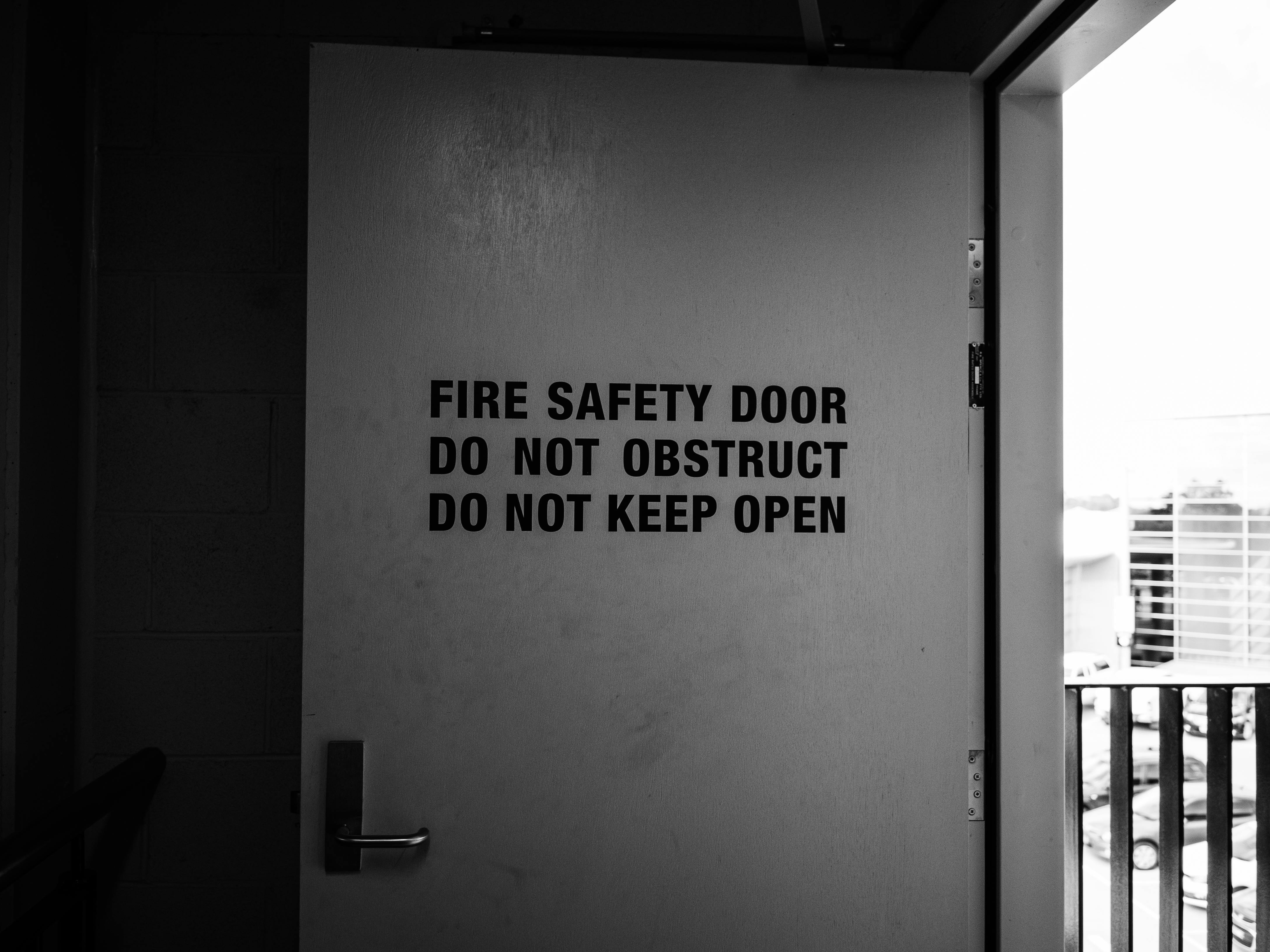
If you are an employer, or someone who’s responsible for a premises, such as a landlord or a block manager, it is important you understand the health risks of legionella and know how to control them, to ensure the safety of yourself and anyone else using the premises. We outline what steps you must take to reduce the risk from legionella.
What are the regulations about legionella risk in the UK?
If you are responsible for a premises, it’s important to understand what the regulations are when it comes to managing legionella risk. Duties fall under:
· Health and Safety at Work etc Act 1974 (HSWA) extends to the risk of legionella bacteria
· The Management of Health and Safety at Work Regulations (MHSWR) gives a broad framework for controlling health and safety at work
· Control of Substances Hazardous to Health Regulations 2002 (COSHH) outlines actions to prevent, assess and control the risk; and what precautions must be taken.
Identify and assess sources of risk
It is your responsibility to carry out a risk assessment for the building. If you are not competent, you should engage someone who is. An example of a person who is competent to conduct a legionella assessment for a premises is a health and safety consultant, who will understand water systems and associated equipment. An expert will be able to identify if there is a legionella risk by considering factors such as the water temperature, conditions, whether water droplets may be produced and spread, and if any employees, residents or visitors are more susceptible to infection.
Your assessor will then provide you with the risk assessment which will outline any actions which will need to be taken to reduce the risk.
Manage any legionella risks in your premises
As the person responsible for a premises, you must engage consultants when necessary and employ contractors to carry out any work identified in your risk assessment.
Prevent or control any health risks in your water system
If your water system is a risk for legionella, you may need to look at alternatives. For example, you may have to replace a wet cooling tower with a dry air-cooled system, which will reduce the risk by not offering the bacteria conditions in which they can thrive.
If there are legionella risks in your premises which can’t be prevented, you will need a written control scheme to help manage the risk. This might include details of your system, how it is safely operated, what control methods you are using and how often checks must be carried out.
To manage legionella risk generally there are steps you can take such as:
· avoiding water temperatures which encourage growth
· ensuring water spray is released in a controlled manner
· making sure water cannot stagnate in the system
· avoiding materials which encourage legionella growth (The Water Fittings & Materials Directory references fittings, materials, and appliances approved for use on the UK Water Supply System by the Water Regulations Advisory Scheme)
· treating water
· keeping systems and water clean
Keep and maintain the correct records of your legionella risk assessments
You must record any significant findings from the risk assessment if you have five or more employees. If you have fewer than five, it is still a good idea to keep a record, though. You need to keep all records for at least two years.
Include in your records:
· the person responsible for your risk assessment, and implementing the written scheme
· key findings from the risk assessment
· your scheme and what has been done to implement it
· whether the system is in use
· results of monitoring checks (these records should be kept for at least five years).
Carry out any other duties you may have to reduce the risk of legionellosis
If you have water cooling towers or evaporative condensers on your premises, you must follow the Notification of Cooling Towers and Evaporative Condensers Regulations 1992. Additionally, you must report any cases of legionellosis under the Reporting of Injuries, Diseases and Dangerous Occurrences Regulations (RIDDOR).
If you need advice on legionella risk assessments, give our trusted team of experts a call.

.png)